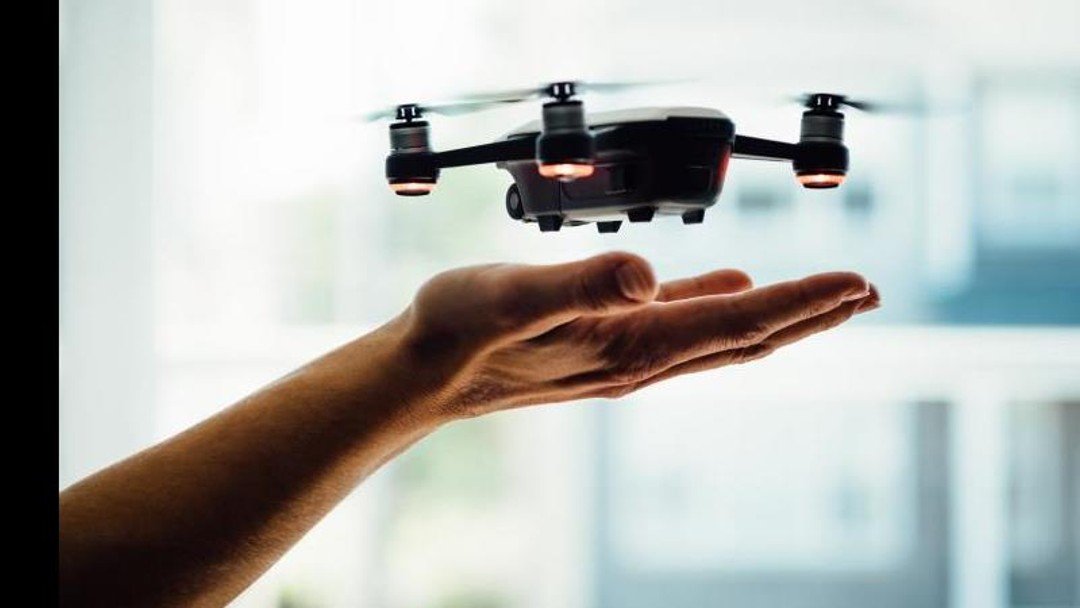Drones: a flying nuisance?

Ed Cracknell critically analyses the legal problems surrounding drones
No longer solely the preserve of hobbyists, uncrewed aerial vehicles (UAVs), or drones, now have a number of real-world practical applications. UAVs are commonly used for property inspections in place of more expensive or riskier solutions, and the emergency services use them for search and rescue missions and to deliver medical supplies. But while UAVs can provide real benefits, the law needs to adapt to recognise rights of land owners and users who might be adversely affected.
The current law
Drone operations are categorised into three risk levels: the open, specific, and certified categories. The open category, the lowest in terms of risk and by far the most common, is those under 25kg, which must be operated within the line of sight, and not above 120m. They may not be operated within certain flight restriction zones around airports. Nothing may be dropped from them and they may not carry dangerous goods. There are certain restrictions concerning flying a UAV near groups of people and built up areas.
UAVs in this category must be registered with the CAA, and operators must register and take an online competency test. However, for smaller UAVs, there are no such requirements.
Problem 1: Identifying a drone operator or owner
A key practical problem for landowners inconvenienced is there is no reliable means of finding out the pilot’s identity. A solution is to require all UAVs to be registered, and to be electronically identifiable. A website could show the registration number of a UAV in particular airspace in real time, and the CAA supply contact details of the registered operator on application.
Problem 2: trespass law cannot keep pace with technology
The law of trespass and nuisance has developed over the years to challenges faced by changing uses of land and sky. In Pickering v Rudd (1815) 4 Camp 219, the court’s understanding of the use of airspace was limited to hot air balloons.
In Bernstein of Leigh v Skyviews & General Ltd [1978] 1 QB 479, the court held an aerial photography company photographing houses from crewed aircraft was not trespassing. A landowner can only restrain trespass into airspace to a height necessary for the reasonable enjoyment of the land.
There is currently no authority on whether drone flight could represent a trespass. Section 76 of the Civil Aviation Act 1982 affords aircraft, including drones, a statutory defence against trespass and nuisance claims. As long as they are complying with the Air Navigation Order, the flight of aircraft over any property at a height above the ground which, having regard to wind, weather and all the circumstances of the case is reasonable, will not amount to a trespass or nuisance.
s76 could be amended to clarify the height – say 20 metres - beneath which a UAV flight could represent a trespass.
Problem 3: it is unclear when a drone flight might represent a nuisance
An actionable nuisance occurs where activity causes a substantial interference with the enjoyment of another’s land. But, as with trespass, there is no court authority yet on when UAV use constitutes a nuisance.
The factors for establishing a nuisance are well known: location and character of the area, time of occurrence, duration and frequency, intensity, hypersensitivity, motive. It is far from clear how the legal principles might be applied in a UAV case.
Admittedly, that is the case for any nuisance claim, and circumstances vary far too widely for any hard and fast rules to be made. But guidelines could be published about the types of activity by a drone user that might amount to nuisance, coupled with the change to s76 above.
Problem 4: solutions are too slow to implement
Even if you have contact details and evidence of a case, the wheels of justice move too slowly to be useful in all but the most longstanding cases.
A solution could be to establish a system of airspace exclusion zones into which UAVs are physically incapable of travelling. All private landowners could be permitted to apply for an exclusion zone to a limited height above their property. Manufacturers could be compelled to ensure UAVs observe those zones.
An online process for obtaining permission to enter exclusion zones for legitimate purposes such as building inspections could be established.
Conclusion
Legislating for the different types of UAVs, land types and circumstances could be complex. But, whatever happens, the law will need to develop to address issues identified. The certainty provided by new rules could even be a benefit to the UAV industry.
Ed Cracknell is a partner with Russell-Cooke: russell-cooke.co.uk